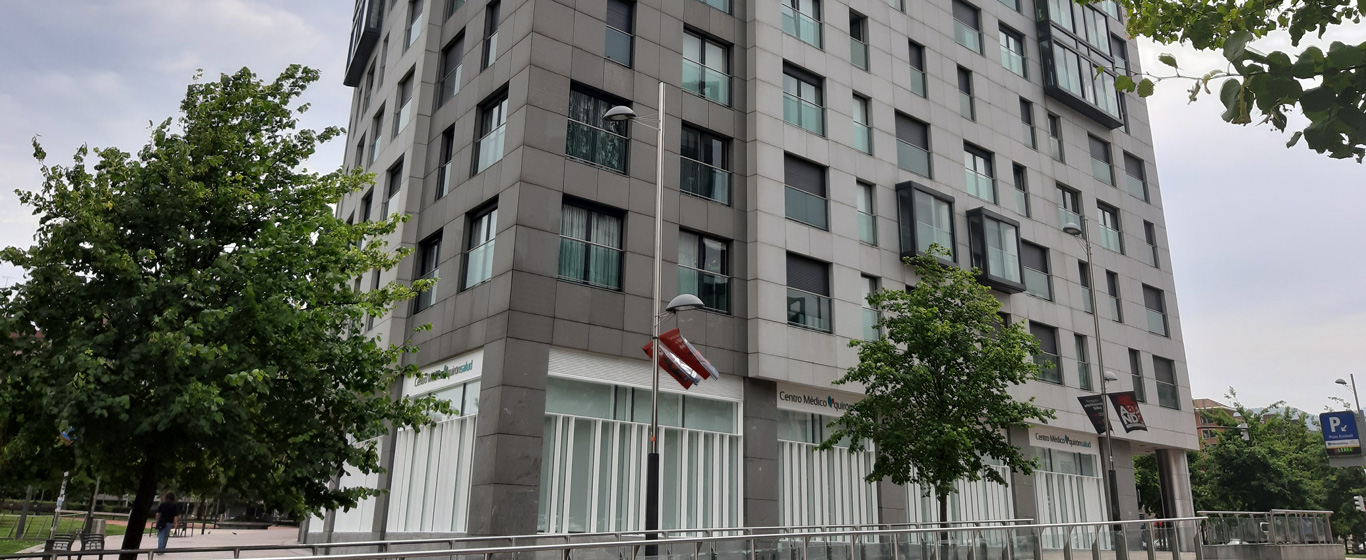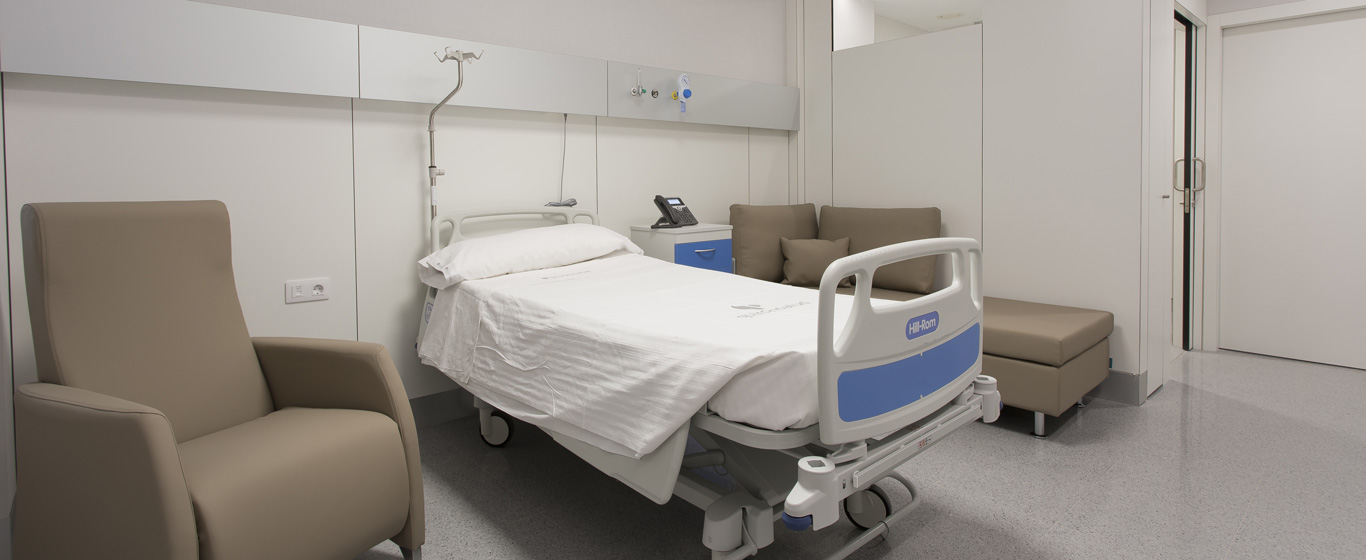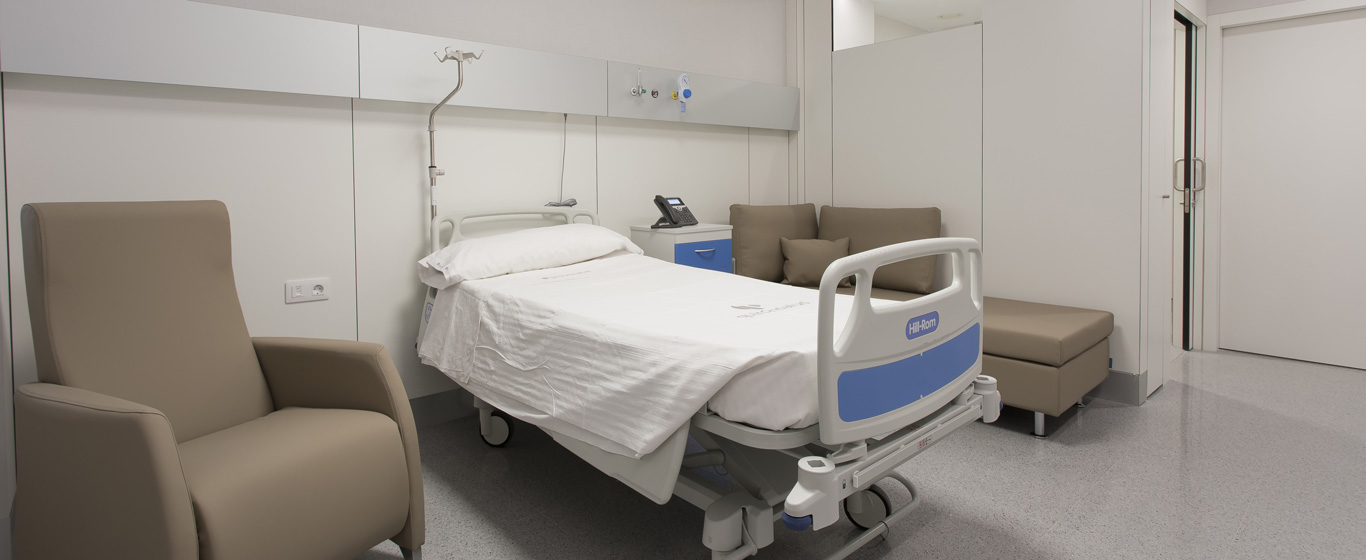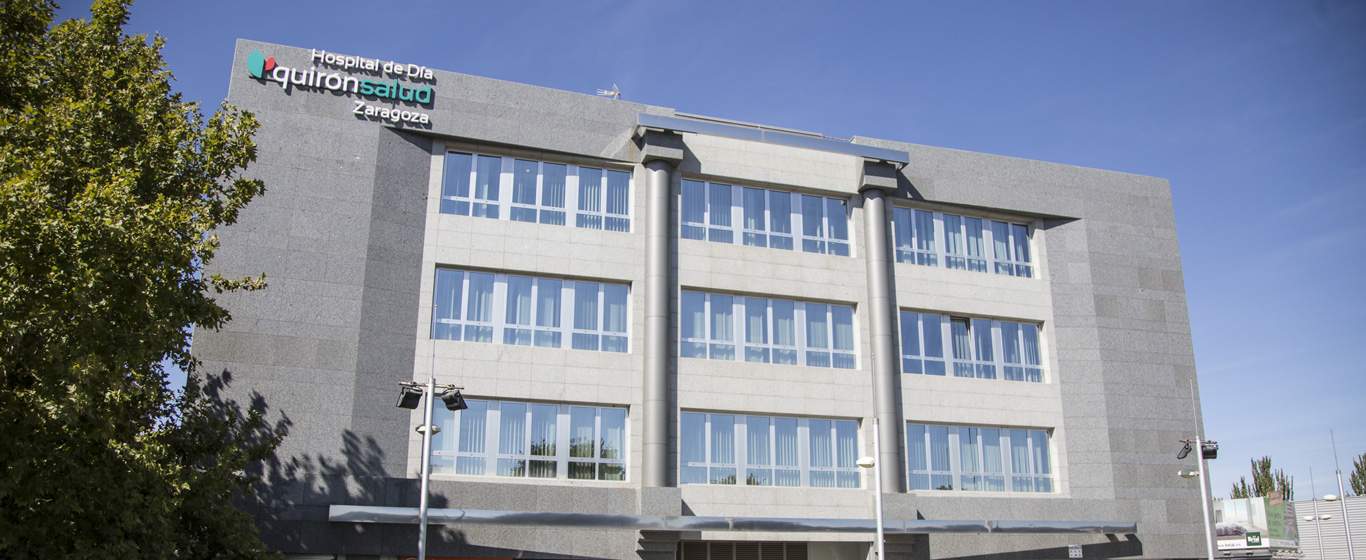Bone Fractures
What types of bone fractures exist? All the information about the causes, symptoms, and treatment of different types of broken bones.
Symptoms and Causes
A bone fracture is the partial or complete break of a bone, which can occur in any bone of the body when it is subjected to a force greater than it can withstand. The most common fractures are caused by sports injuries, accidents, and falls. Depending on their severity, they may require surgery.
Fracture types are classified based on different factors. According to the level of exposure, fractures can be:
- Closed or simple fracture: There is no break in the skin, or if there is, the bone does not protrude outside.
- Open or compound fracture: The bone protrudes through the skin, causing a break in the skin and soft tissues. In these cases, there is a risk of infection.
Based on the location of the fracture in a long bone, fractures are divided into:
- Periarticular fractures: Occur at the ends of the bone.
- Epiphyseal fracture: The epiphysis, the spongy bone tissue at the joint end of the bone, is broken.
- Metaphyseal fracture: The metaphysis, the part between the epiphysis and the diaphysis, is broken.
- Diaphyseal fractures: Occur in the diaphysis, the cylindrical middle part between the two ends.
Based on severity, fractures can be:
- Incomplete fracture or fissure: The bone is not completely broken.
- Complete fracture: The bone is completely broken.
- Displaced fracture: A complete fracture with separation of the bone fragments.
According to the fracture pattern, the types include:
- Complete simple fracture: The bone separates into two fragments.
- Segmental fracture: The bone breaks in two places, leaving a segment detached.
- Comminuted fracture: The bone breaks into three or more parts, often into many small fragments.
- Avulsion fracture: A fragment of bone is pulled away.
- Greenstick fracture: An incomplete fracture that affects weak, flexible bones. One side of the bone breaks while the other bends. It is very common in children.
- Impacted fracture: The bone is divided into two fragments that push against each other.
- Oblique fracture: The break runs diagonally across the bone.
- Spiral fracture: The break spirals around the axis of the bone.
- Transverse fracture: The break runs in a straight line across the bone.
The type of fracture and the affected bone determine the prognosis.
Symptoms
Common symptoms of a bone fracture include:
- Severe pain.
- Swelling.
- Deformity: the bone may appear bent or out of position.
- Warmth or redness.
- Bruising.
- Limited or impaired movement.
- In some cases, fever.
Causes
A fracture occurs when a force applied to the bone exceeds its elastic resistance. Fractures are categorized into four groups based on the source of that force:
- Direct fractures: Result from direct impacts or trauma that cause the fracture at the exact point of impact. The most common causes include falls, sports injuries, and traffic accidents.
- Indirect fractures: The fracture occurs at a point distant from the impact site.
- Pathological fractures: Occur due to bone weakening caused by chronic diseases such as osteoporosis, osteogenesis imperfecta, endocrine disorders, autoimmune diseases, or rickets, among others.
- Stress, fatigue, or overload fractures: Result from excessive use due to repetitive movements that put pressure on the bones. These are common in athletes.
Risk Factors
The likelihood of experiencing a bone fracture increases in the following cases:
- Age: Children and older adults are more prone to fractures due to incomplete bone development and progressive bone wear, respectively.
- Engaging in high-impact sports, such as athletics, basketball, gymnastics, or tennis.
- Diseases that damage or weaken bones.
- Calcium and vitamin D deficiency.
- Jobs or activities prone to falls, blows, or accidents.
Complications
Fracture complications are not frequent but can be very severe:
- Infection: Open fractures may lead to infections, which can spread to the bone (osteomyelitis) and be difficult to cure.
- Healing problems: Sometimes, fractured bone ends do not heal properly. The bones may fail to unite, unite incorrectly, or heal too slowly.
- Joint problems: When a fracture damages the joint cartilage at the bone ends, scarring can lead to osteoarthritis, causing stiffness and loss of mobility.
- Vascular disorders: Bleeding around the fracture can cause a dangerous drop in blood pressure (shock), especially in patients taking anticoagulants. In some cases, fractures can disrupt blood flow, leading to tissue death (necrosis), which may result in gangrene and require amputation.
- Neurological injury: In some cases, the fracture can damage a nerve. While nerve injuries may heal on their own, recovery can take years or may never be complete. Severed nerves may require surgical repair.
- Pulmonary embolism: Hip fractures increase the risk of blood clots forming in the veins, which may detach and travel through the bloodstream, blocking a pulmonary artery. This is a common complication of hip fractures.
- Fat embolism: Instead of a blood clot, the pulmonary embolism results from fat released from the fractured bone.
- Compartment syndrome: After a fracture in the leg or arm, injured muscles may swell excessively, putting pressure on nearby blood vessels. This reduces or blocks blood flow to the affected limb. If untreated, tissues in the limb die, possibly requiring amputation. If left untreated, it can be fatal.
- Osteonecrosis: If the fracture interrupts blood flow to a bone, part of it may die. Over time, the bone collapses, the joint deteriorates, and arthritis develops.
Prevention
The risk of fractures can be reduced by taking certain measures:
- Consuming an adequate intake of calcium and vitamin D in the diet.
- Engaging in regular physical activity, especially activities involving running and jumping. Weight-bearing exercises also help strengthen bones.
- Using appropriate protective gear when practicing sports.
- Wearing non-slip footwear.
- Avoiding icy or slippery surfaces.
Which Doctor Treats Bone Fractures?
Bone fractures are evaluated and treated by orthopedic surgeons, traumatologists, and sports medicine specialists.
Diagnosis
To confirm a bone fracture, the following tests are required:
- Physical examination: Assesses nerve and blood vessel involvement by checking skin color, temperature, swelling, open wounds, sensitivity, and blood loss.
- X-ray: X-ray images help identify and classify the fracture and determine bone alignment.
- CT scan or MRI: If the X-ray is inconclusive, these tests provide more precise, detailed images. MRI scans are also used to detect soft tissue injuries, such as tendon, cartilage, and muscle damage.
Treatment
Treatment options for bone fractures include:
- Bone reduction: Correcting the bone position if the fractured ends are misaligned or pressing on a nerve or blood vessel. This can be done externally by traction or surgically.
- Surgical repair of open wounds, if present.
- Bone immobilization: To heal properly, bones must remain in place. Methods include:
- Fiberglass or plaster splints to prevent movement.
- Surgery with fixation devices removed once the bone heals:
- Metal rods inserted inside the bone cavity.
- Metal screws and plates attached to broken bones.
- External metal fixators connected to the fractured bone.





















































